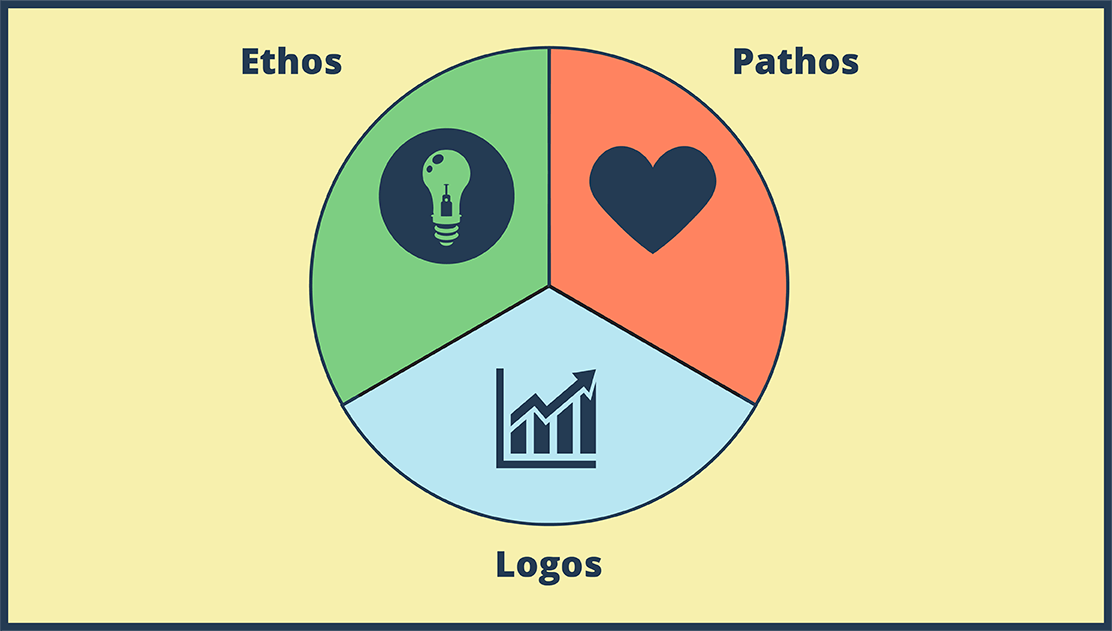Reproduction

Tento scénář naleznete v následujících článcích a zdrojích:

Výuka Reprodukčních Orgánů
Plány Lekcí Patrick Healey
Učit dospívající o reprodukčních orgánech může být nepříjemný úkol. Vezmeme-li toto téma vědeckým přístupem, zbavíme se velkého stresu. Reprodukční orgány platí pro každého. Toto je anatomie našich těl a z vědeckého hlediska se to neliší od diskuse o srdci, mozku atd.
'
Podívejte se na některé z našich dalších vzdělávacích článků!
Storyboard Popis
Human Reproduction - The path of reproductive cells
Storyboard Text
- Skluzavka: 1
- PATH OF REPRODUCTIVE CELLS
- Reproduction
- Reproduction can be a complicated process. Let's break it down and find out how it works!
- Reproduction can be made simple by following the development and path of reproductive cells.
- Skluzavka: 2
- REPRODUCTIVE CELLS
- Sperm cells are the male reproductive cells formed in the testes. An egg is the female reproductive cell formed in the ovaries.
- Skluzavka: 3
- TESTIS
- Testes are egg-shaped organs where the sperm is produced. Testes are made up tightly coiled tubes called seminiferous tubules.
- Skluzavka: 4
- EPIDIDYMIS
- After being produced in the seminiferous tubules, sperm travel to the epididymis, where they mature.
- Skluzavka: 5
- VAS DEFERENS
- The vas deferens is a long tube that connects the epididymis to the urethra. This is the path for sperm cells.
- Skluzavka: 6
- PROSTATE
- The prostate secretes an alkaline (basic) fluid that neutralizes the acids in the female reproductive system.
- Skluzavka: 7
- SEMINAL VESICLES
- Seminal vesicles produce a fluid rich in sugars that sperm use for energy. This fluid, added with the fluid from the prostate gland, will be combined with sperm cells to make semen.
- Skluzavka: 8
- URETHRA AND PENIS
- Sperm leave the body by passing through the urethra. The penis deposits sperm in the female reproductive system during sexual activity.
- Skluzavka: 9
- OVARIES
- Each month, the female reproductive system prepares for a possible pregnancy by releasing a mature egg cell from the ovaries.
- Skluzavka: 10
- VAGINA
- The vagina is a muscular canal that leads from the outside of the body to the uterus. Sperm cells enter through the vagina during intercourse.
- Skluzavka: 11
- CERVIX
- The cervix is a narrow portion at the bottom of uterus that provides an opening to the uterus from the vagina. The cervix will need to dilate during labor.
- Skluzavka: 12
- UTERUS
- The uterus is a hollow, muscular organ which expands during pregnancy. The uterine walls build up and break down during the ovulation cycle, causing menstruation.
- Skluzavka: 13
- FERTILIZATION
- When a sperm cell and egg unite, cell division begins. If fertilization takes place, it will happen in the fallopian tubes.
- Skluzavka: 14
- FALLOPIAN TUBES
- The fallopian tubes serve as a passageway for the ovum from the ovary to the uterus. Smooth muscle contractions and cilia move ovum towards the uterus.
- Skluzavka: 15
- UTERUS
- If an ovum is fertilized, it will implant in the wall of the uterus, starting the first stages of pregnancy.
- Skluzavka: 16
- PATH OF REPRODUCTIVE CELLS
- Reproduction
- The first signs of pregnancy usually show up after about two weeks. About half the time, a fertilized egg does not implant and pregnancy will not begin.
- Skluzavka: 0
- That wasn't so bad! Are there any questions?
Vytvořeno více než 30 milionů Storyboardů
K Vyzkoušení Není Potřeba Žádné Stahování, Žádná Kreditní Karta a Žádné Přihlášení!



